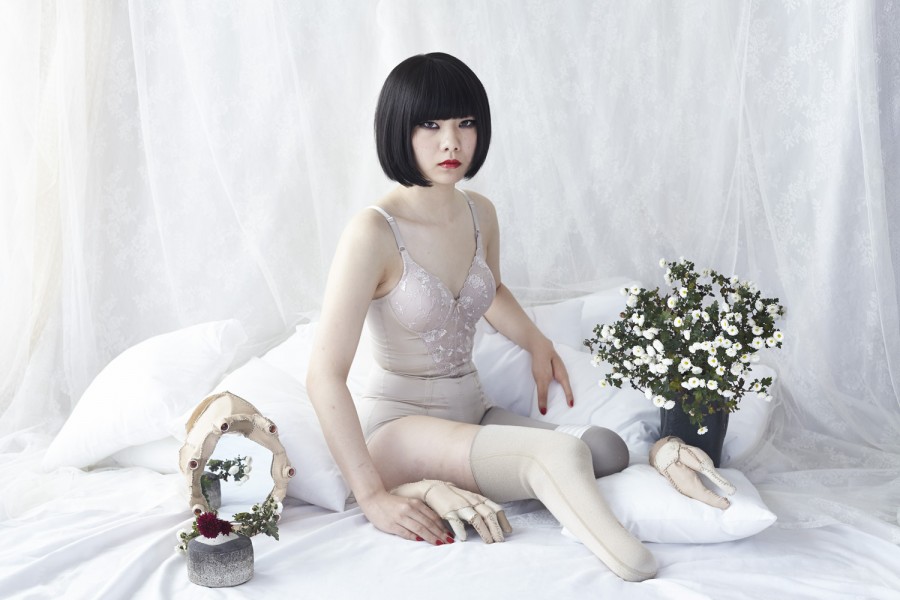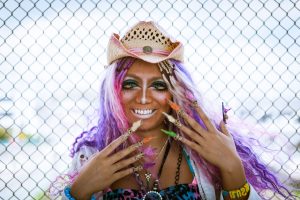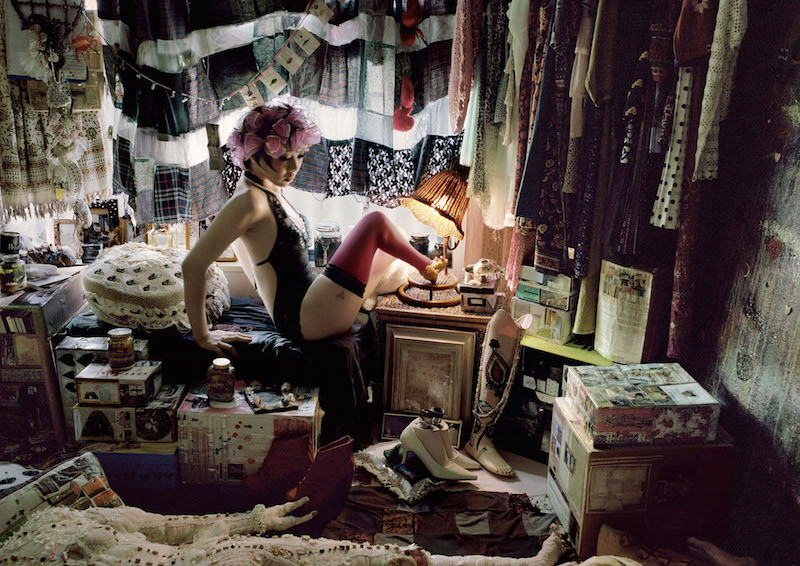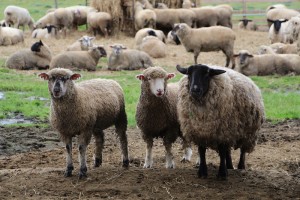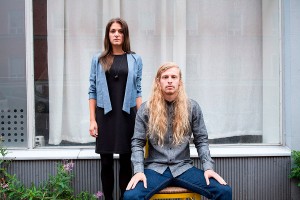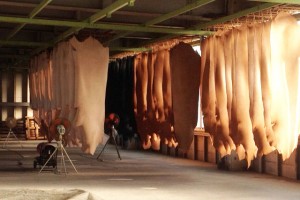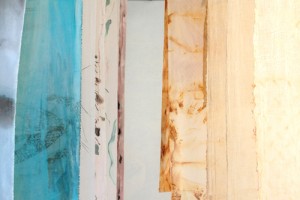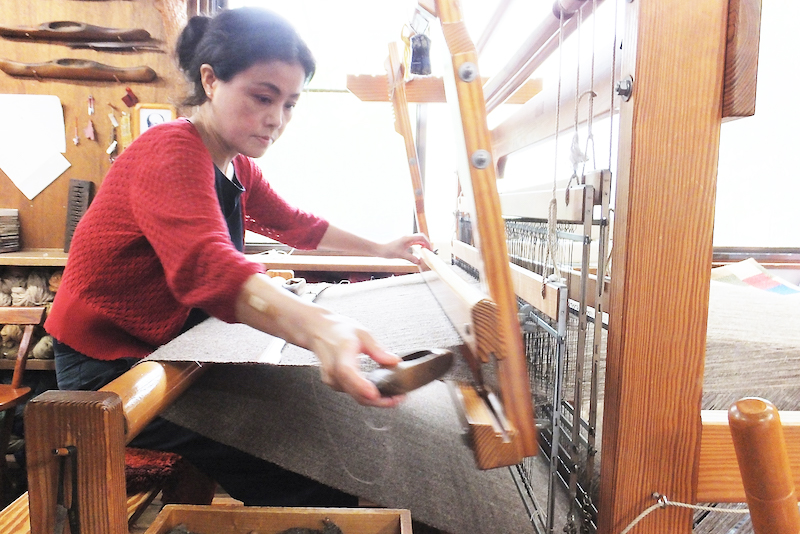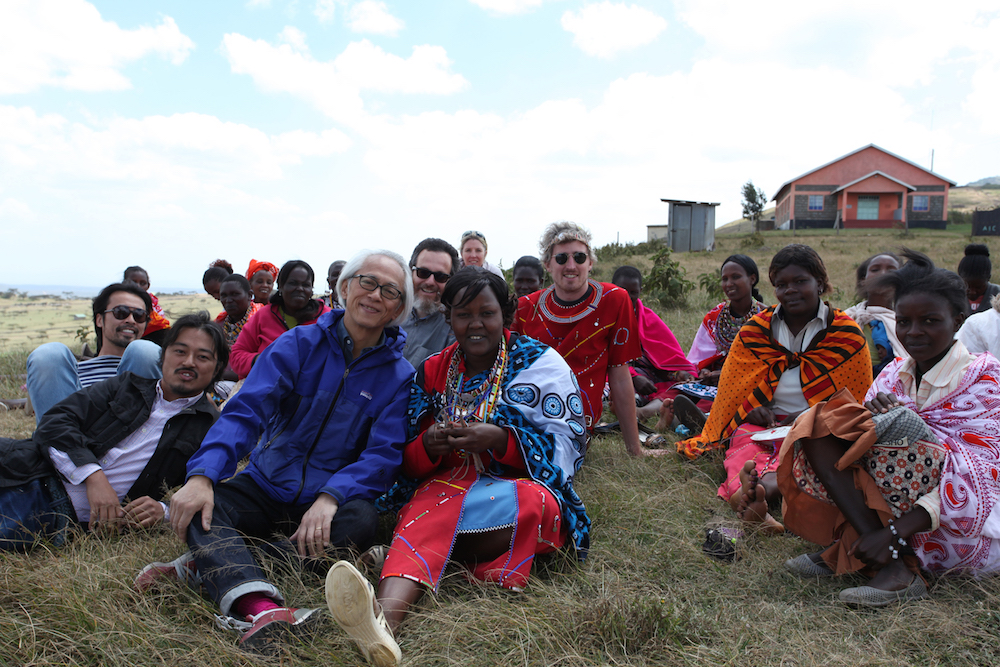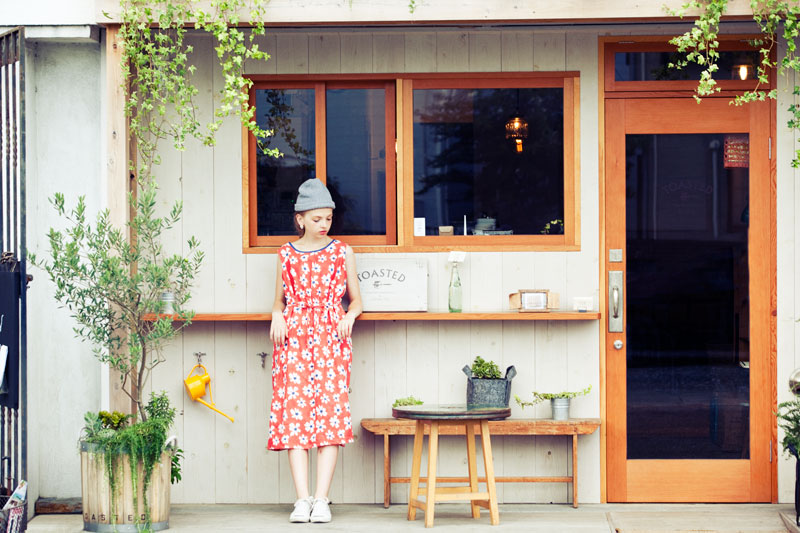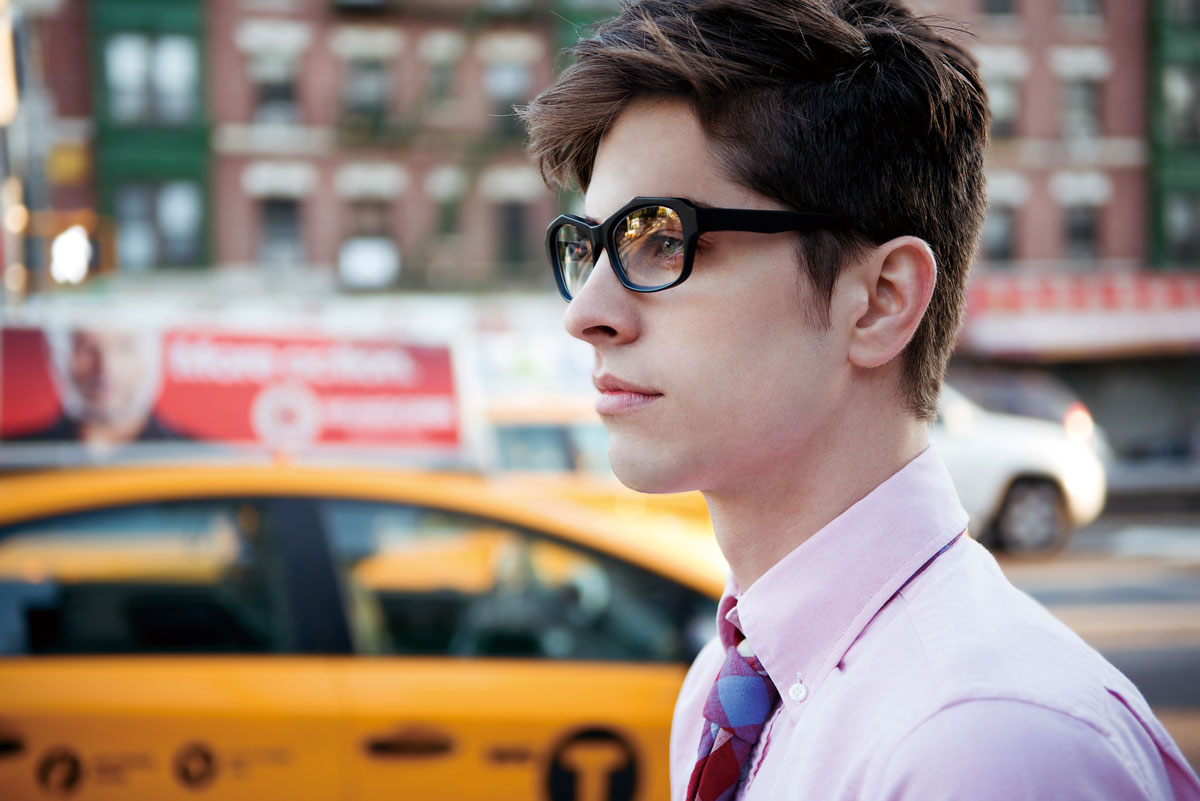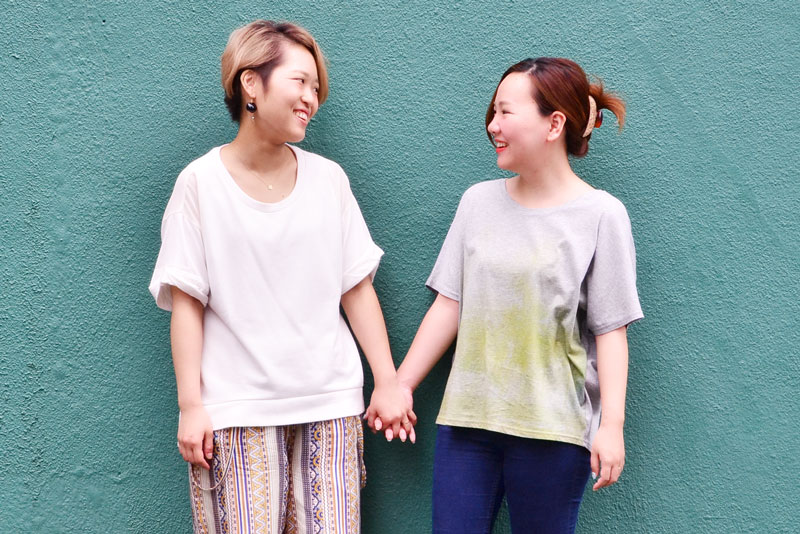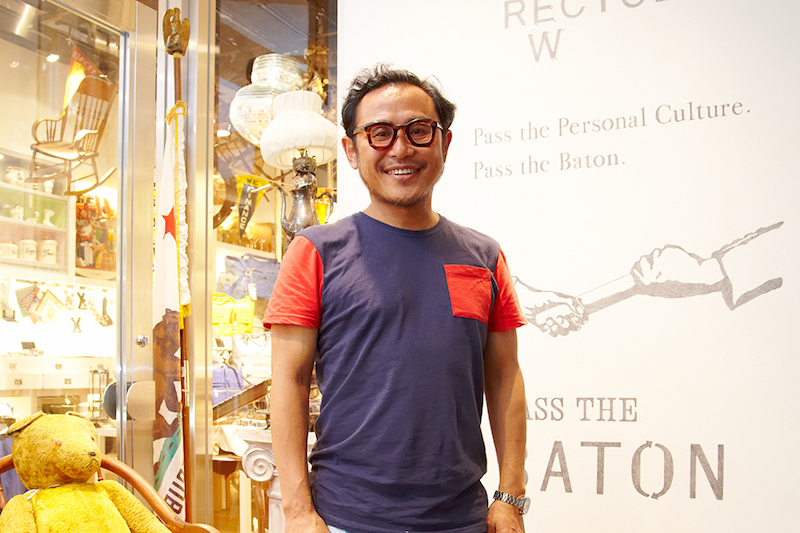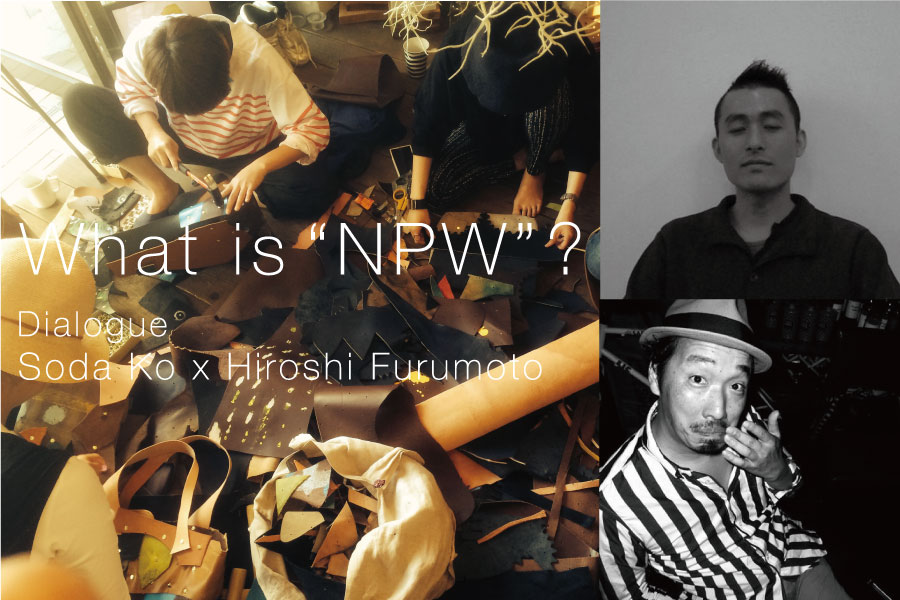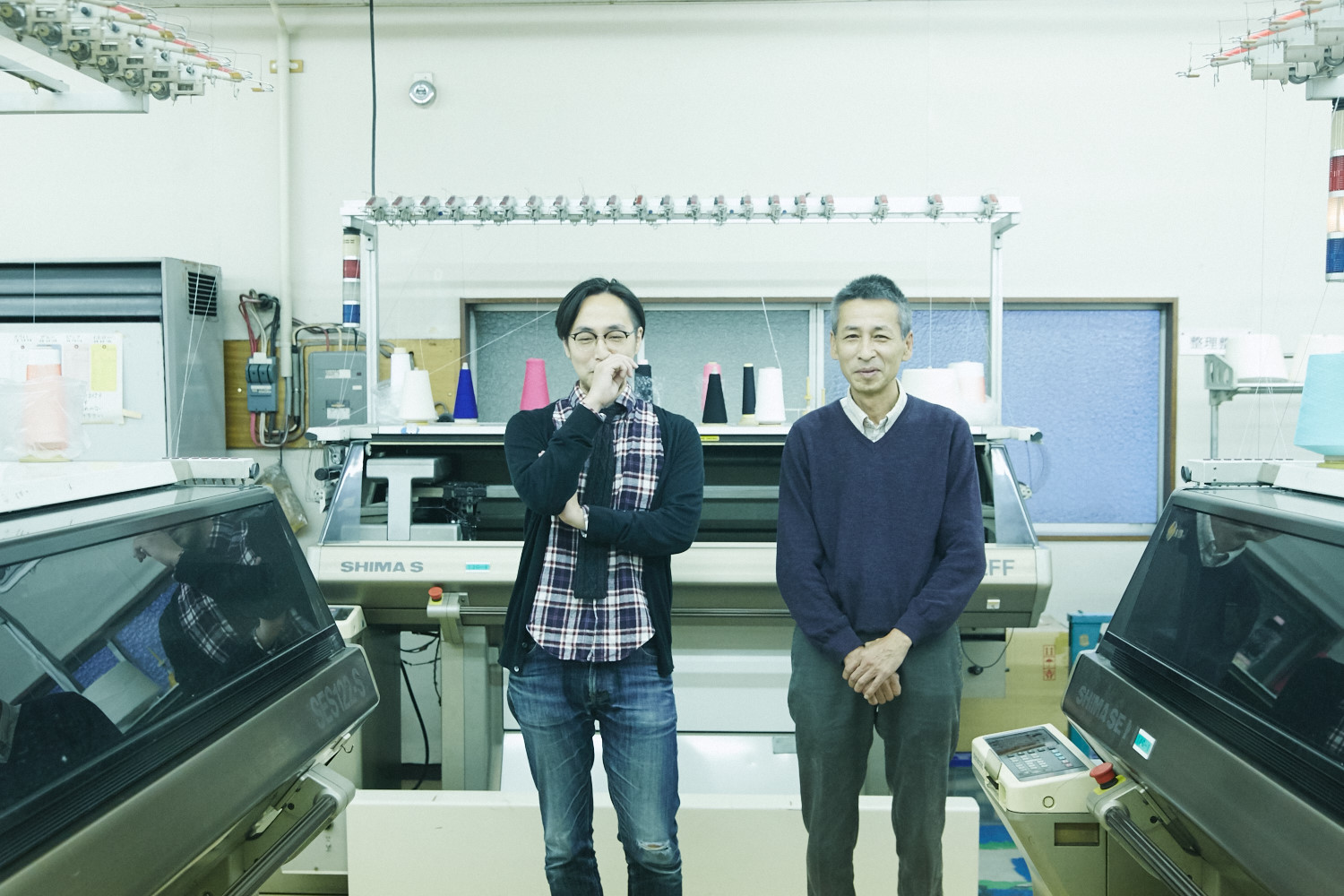Christopher Raeburn seems to lack nothing; despite being sustainable, his designs are what people want to wear. He sources many of his fabrics from military deadstocks or used military items, and uses them to create functional, intelligent, well-crafted garments. With the slogan “Remade in England,” his clothing line is mostly produced in East London. But not only that, the word ‘Remade’ shows respect to the previous lives of the deconstructed military garments.
Not limited to his own collections, Christopher Raeburn has recently been engaged in collaborative work with other partners, including Moncler, Fred Perry and Victorinox, where he was appointed Artistic Director in January of 2013. This year, he launched a collaborative project with Porter, the Japanese luggage and accessories specialists.
The fashion industry is harsh battlefield for any brand, and many designers are forced to give up on their dreams. However, Christopher Raeburn has managed to persevere, and gain the attention of fashionista’s, all while maintaining his aesthetic values. He has been taking part in the London ethical fashion scene since it arose in the early 2000s. His brand is now a rare example of an ethical brand that has gone mainstream.
We asked Christopher Raeburn how he looks at the ethical fashion scene in London, and his keys to being successful—and sustainable—in mainstream fashion.
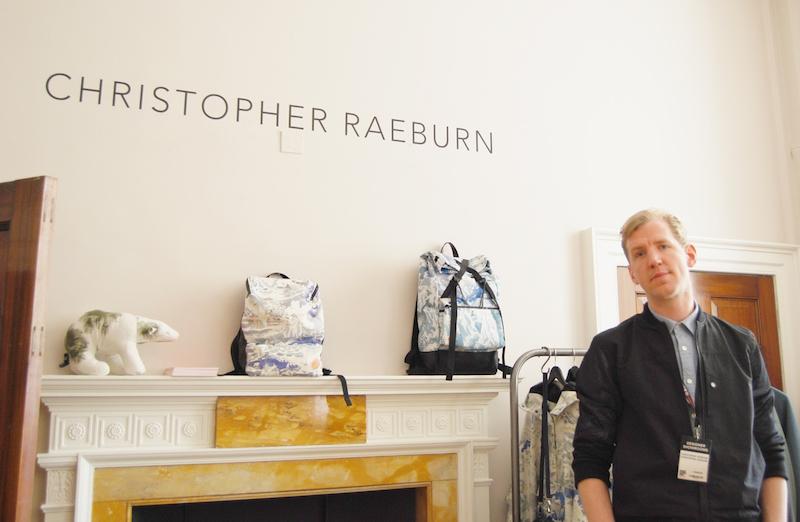
CHRISTOPHER RAEBURN
A graduate of London’s prestigious Royal College of Art, Christopher became known for his re-appropriation of military fabrics, and in particular, his iconic outerwear created from de-commissioned parachutes. The ‘re-made’ ethos still guides and influences every aspect of the Christopher Ræburn design and development process. A Christopher Ræburn product is defined by its distinctive aesthetic and meticulous detail, and possess a functional and sustainable intelligence. IMAGE: EFJ
— Did you begin your brand because of your original fascination with fabrics from 50–60 years ago?
Yes, and I believe that was quite a happy accident. As you mentioned, I loved the functionality of the old fabrics. Especially the military fabrics; they provide a long-lasting, reliable functionality to make its wearers fully focused on its duties. For example, they are very light and are reliably water repellent. It would be very expensive to source those fabrics on a roll; however, there were tons of deadstock garments available. So, I would say it was natural progression for me to use the original garments that already had that authenticity.
I did the very first ‘Remade’ piece during my degree at Middlesex University.It has been in my archive since around 2002.
— How do you source your materials?
We source from everywhere, from word of mouth, to government contracts where we buy weights, all the way down to single pieces from eBay. We use materials from the United States, Sweden, and China.
— Many of the designers who work on remakes face the difficulty of sourcing large enough amounts for ready-to-wear production. How do you source sufficient quantities?
In fact, as we got bigger, our buying power got better and we had more opportunities to buy. As long as we were organized, we were fine. Also, it fascinated me that military fabrics are always over-produced, and that things in stock are never used.
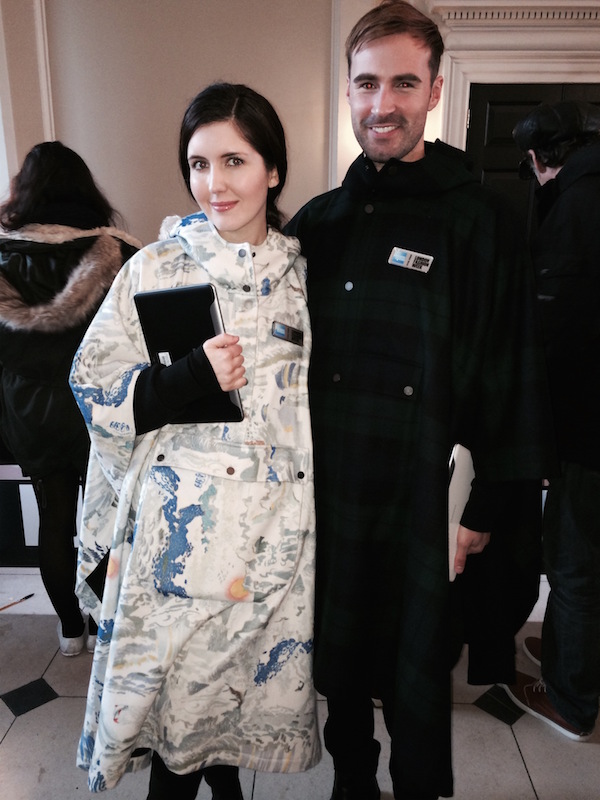
Chris designed the cape for the London Fashion Week attendants this season.
— Now that you are getting bigger, do you still do production in England?
Mostly, yes. We now have 70 stockists around the world, but we do production ourselves in 7–8 nearby factories. The majority of the factories are still in England. We also have some in Portugal, Bulgaria, and Belgium, and are just testing some in Italy.
— In how many countries do you now sell your items?
In terms of stockists, we are now present in around 20 or 25 countries, but our biggest market is still in the U.K. We now work with Harrods, Liberty, Oki-ni, Mr. Porter, Harvey Nichols, and many other small shops. So altogether, it is still based in the U.K. Our womenswear does particularly well in America and Korea. We are now starting to work with a lot of different countries, like Canada, Belgium, Holland, Germany, all the way through to the Philippines, Macau, China, and Australia…so we are growing!
— Now that you have your items in Japan, what do you think about the Japanese market?
We are very proud of working with the many retailers and shops in Japan, from major retailers like Isetan, United Arrows, BEAMS, and specialist stores. Customers really understand our quality and the sustainability—which is very important to my work. Particularly with menswear, customers show an interest in our ‘Remade’ concept. I am very proud of the way things are growing.
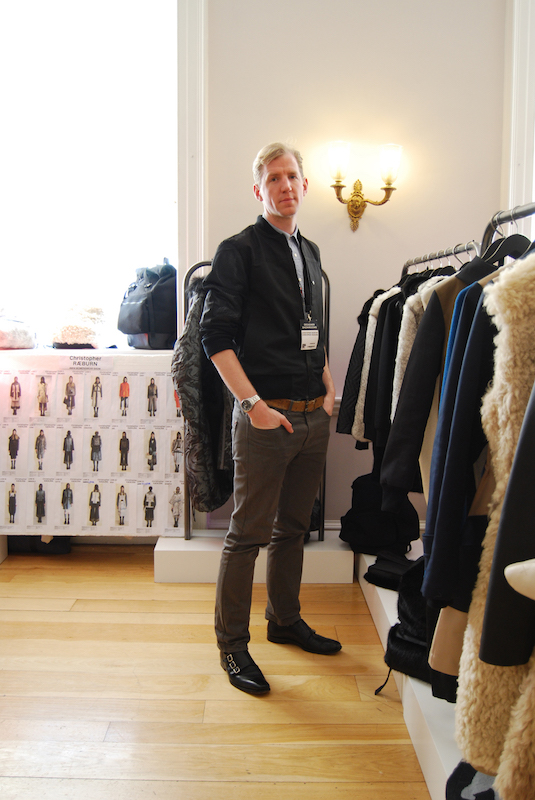
— You have been collaborating with some other companies like Moncler and Victorinox, which attracted a lot of attention in Japan as well. How has your brand grown through this collaboration?
We have been very lucky for the most part; they found us and made contact. I just have to say that I was lucky. Maybe because I’m so tall? Anyway, I am very thankful for it.
The collaboration did help original Christopher Raeburn work do better too, as we are careful to make the most out of the collaboration. That leads it to benefit both parties. In the case of Moncler, we do a lot of outdoor wear, so the collaboration made great sense. We expanded the ‘Remade’ concept to reflect what the partners specialize in. For example, we did “Remade in Japan” for Porter because they are the best at “Made in Japan.” By integrating our philosophy into what they already do very well, it ultimately helped to endorse our work.
— When you make suggestions to the partners, do you consider sustainability as well?
It depends, but since it is a very important part of my aesthetic, we try to make better choices. For example, in the collaboration with Moncler, we didn’t use recycled polyester, but I was careful to source from Italy and Switzerland with likely manufacturing. It is about how we can tailor our own experiences in these collaborations.
— How do you see the current ethical fashion scene in London?
I have been working around London since the earliest of times, like when we first showed at Estethica—the ethical wing of London’s Fashion Week. It has been around 10 years since then, but I think that there is still a lot that can be done, particularly with big companies. I have high hopes with how things are growing through our education system. You can now hold degrees in sustainable fashion, which just weren’t there 10 years ago. There are also jobs within those big companies, specifically around sustainability. So, I think things are moving, but it will still take time.
— Beside “Remake,” what do you want to achieve with your brand in terms of sustainability?
I think that we have very good opportunities now; there are a lot of new innovations within sustainability, and we have better choices of recycled fabric, for instance recycled plastic bottles, which we do a lot with. If I take a brand that I respect, for example Patagonia, they can partner with textile mills and help to improve their technology. I would like to do more with those fabrics and help keep the innovation going. We have barely scratched the surface.
— Would you like to share your future plans and goals?
This season, we see great development within our womenswear, and we would like to continue with that. In the long term, I think we can even work outside of fashion. I think the ‘Remade’ concept can work in products, furniture, or architectural design. But, I am patient, and I keep my feet firmly on the ground. It is about building step-by-step, remembering how the company started and why, and making sure we don’t lose sight of that.

